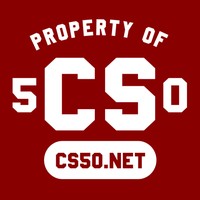Paling ekosistem kayata toko app iku salah siji mbukak utawa Series. Nanging kok ora kita bisa duwe loro? Uga, kita bisa — kabeh sing perlu iku telung kriyo: nerbitaké, golek, lan kaya. Sing dadi teknologi lan tindakan liya.
Biasane ana rong opsi yen sampeyan pengin nerbitaké app: nerbitaké menyang kaya iOS App Store (ngendi wong bakal nemokake app, nanging pengulas Apple bisa lali pengajuan) utawa mung sijine iku ing website (ngendi iku gampang kanggo nerbitaké, nanging ana ora njamin sapa bakal ndeleng iku.) Not the greatest set of options.
Isn’t there a way to combine the strengths of both of these to make for the best possible experience for both publishers and consumers? I think there is. It’s called an open and curated ecosystem. Let’s take a look at:
- What open lan curated ecosystems are
- Examples of open and curated ecosystems
- What you need to make an open and curated ecosystem
- Examples of these ecosystems beyond just technology
and see if we can discover something about the power of crowdsourcing, innovation, and the three verbs nerbitaké, golek, lan kaya.
Curated vs. open ecosystems
The iOS App Store and open internet, among others, are app ecosystems — places where apps can be published and found. And I think the big factors that differentiate one ecosystem from another are whether the ecosystem is open, where anyone can publish apps and whether it is curated, where the best apps rise to the top and users are assured quality apps. That’s the major difference between the iOS store and the internet at large, which I mentioned earlier.
Let’s look at examples of curated and open ecosystems and what differentiates them.









